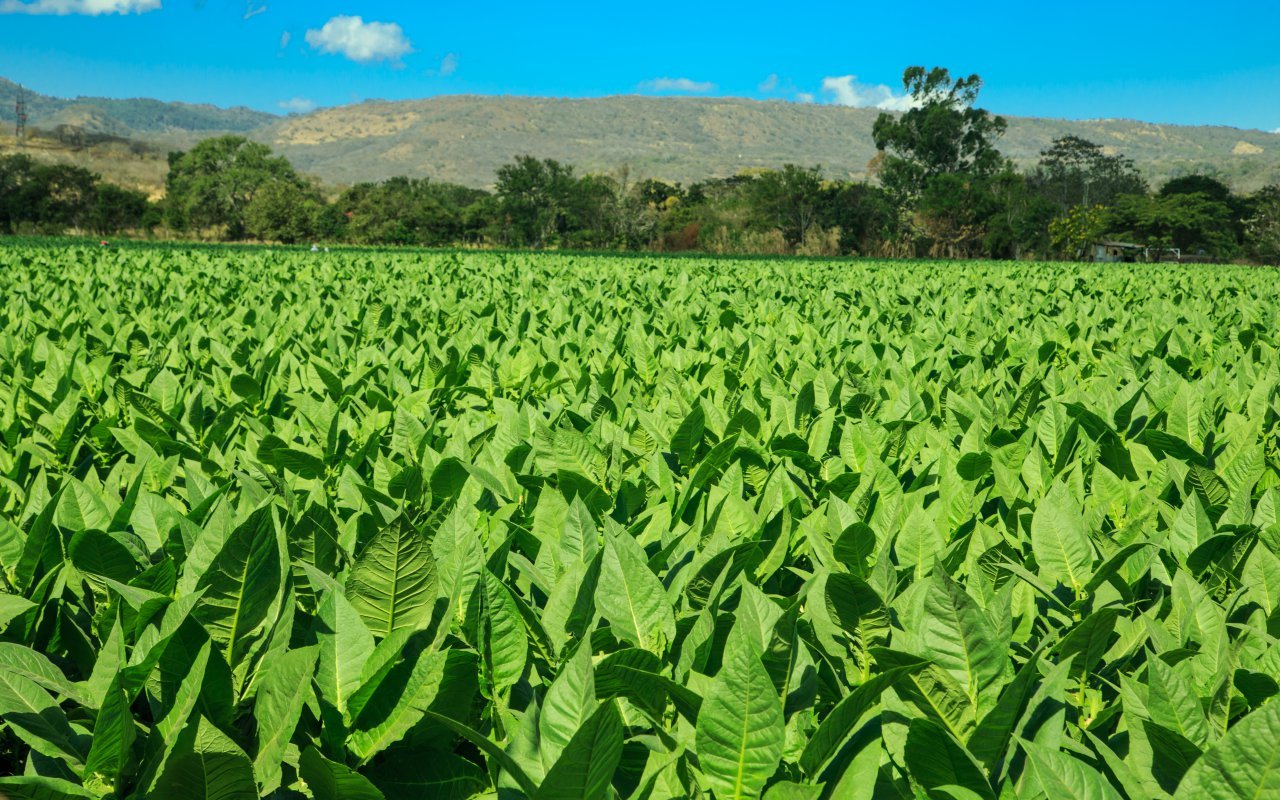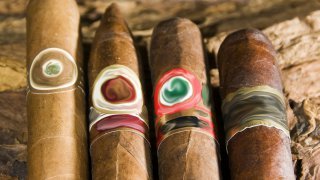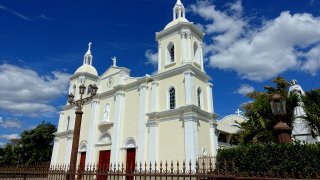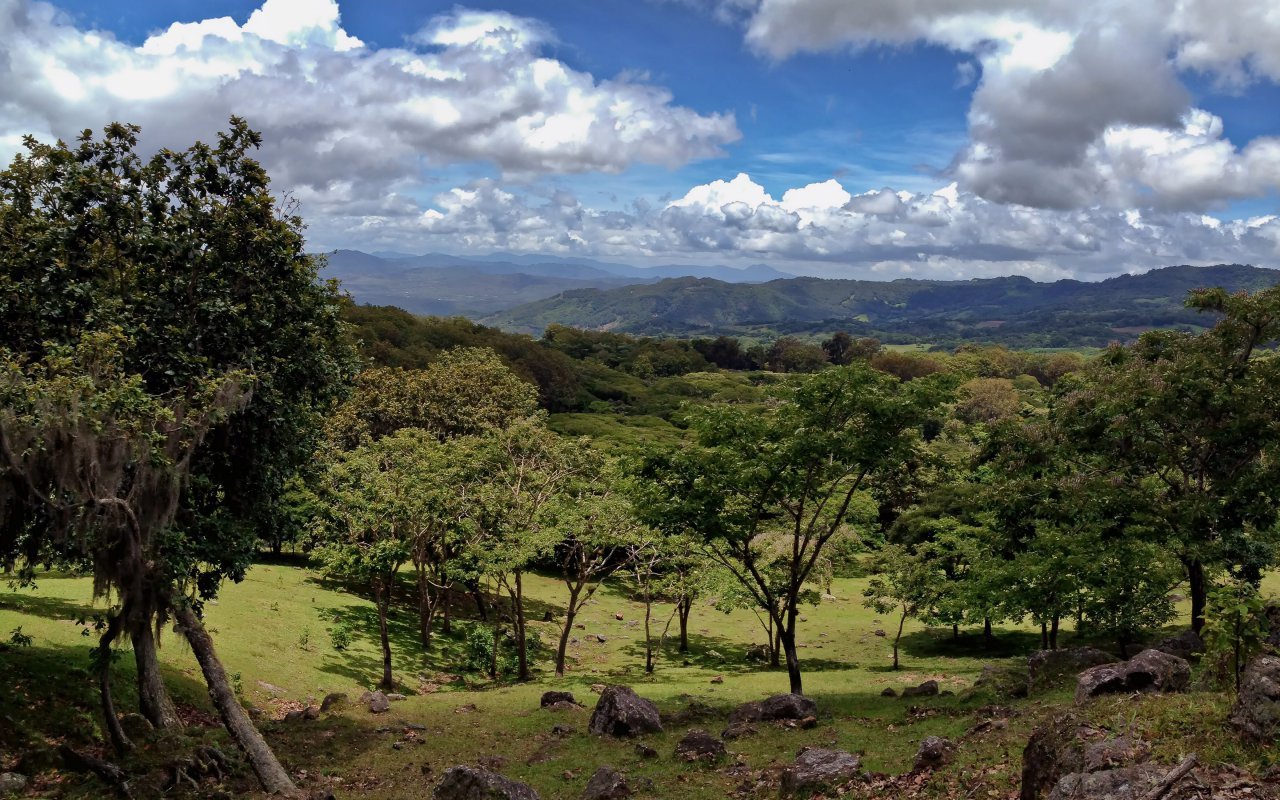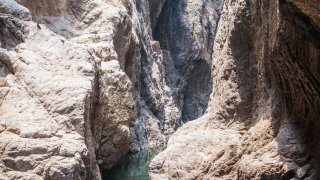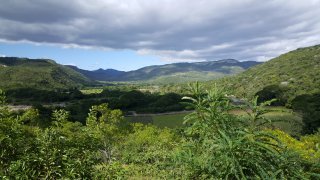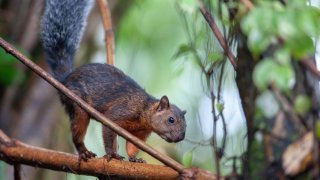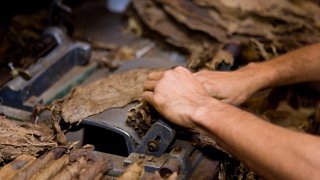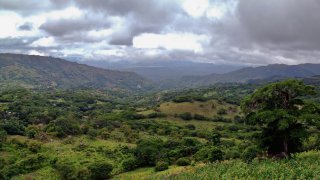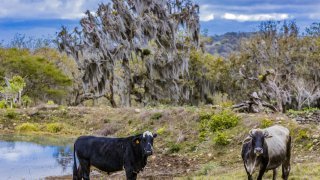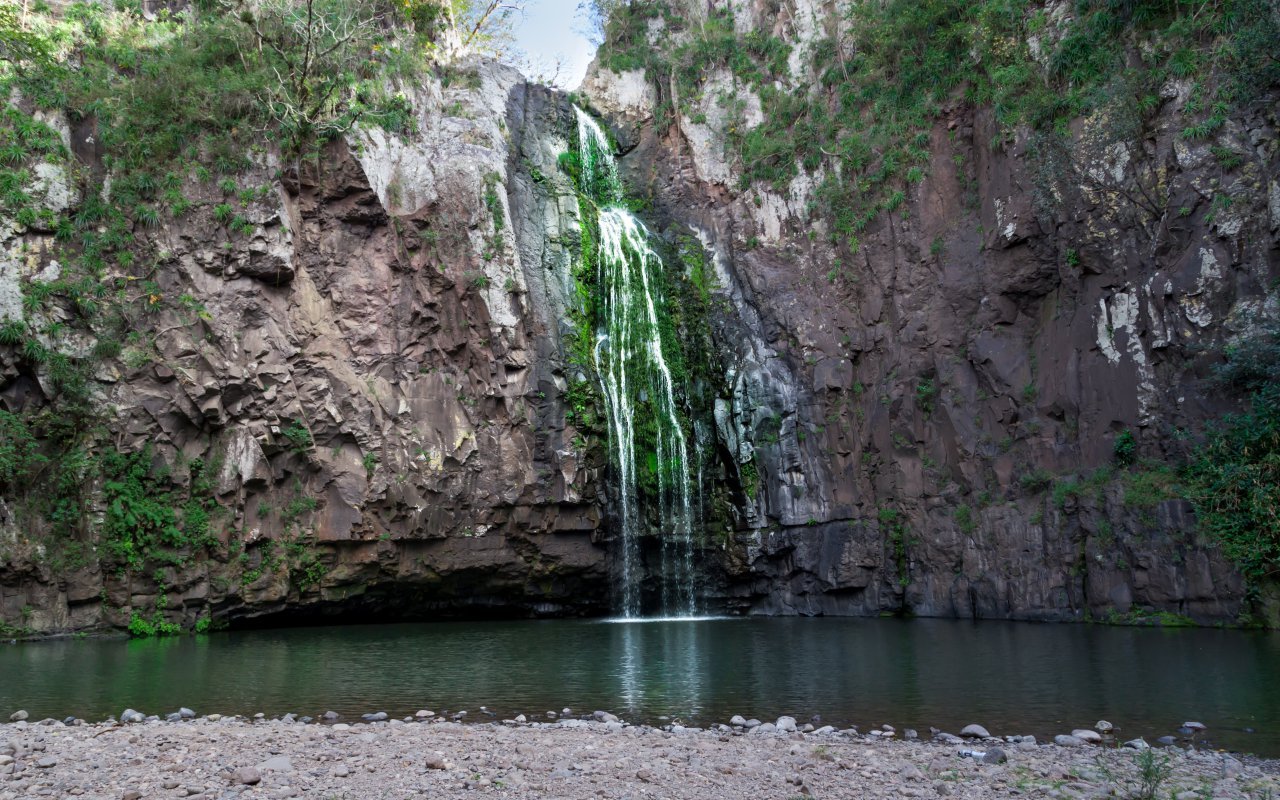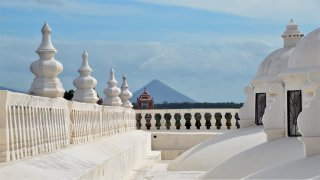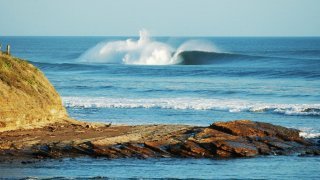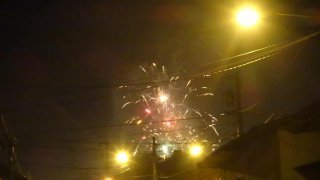It is the largest city in the northern region, and the most dynamic, 140 kilometers north of Managua. It is a true economic hub. It is also called “el diamante de las Segovias”. Still little developed at the tourist level but cigar lovers, puro lovers, will find an excuse to make a stop there.
A stroll in its streets promises you some mural surprises and other frescoes explaining the history of the country. Estelí has its own cathedral. Famous for the manufacture of cigars, there are many warehouses and tobacco companies in the area. There are also some archaeological sites and beautiful walks to do in the surroundings, including a small waterfall not far from the entrance of the city.
Discover the city
The city of Estelí is in the North of Nicaragua, located between several plateaus divided by multiple valleys. The air is fresh thanks to the surrounding mountains, which are characteristic of the north of the country. Like Matagalpa or Jinotega, its climate is cool and pleasant.
Agricultural areas are also numerous, with forests and waterfalls nearby. Estelí is known for its great production of quality tobacco, these cigars are known all over the world.
The municipality of Estelí is an important economic and commercial center of the country and has more than 200,000 inhabitants. Large families have lived and prospered here for generations. It is an obligatory stopover for travelers to the regions of Nueva Segovia or Madríz.
Its urban center is planted with trees and has its own neoclassical cathedral. The structure of the city is recent having finally suffered heavy bombardments from the Somozist regime during the revolution of 1979.
Not far from the city, beautiful nature reserves are open to visit and are well-known local attractions.
History
Estelí comes from the original word Nahuatl which means river, we also understand the term as “river of blood”, li = river and Eztli = blood. It is also known as El Diamante de la Segovias.
The 16th century is a period rich in rebounding for the Central American region. The Spaniards were forced to leave present-day Antigua in Guatemala, which was occupied by the British freebooters. Heading south, the Iberian settlers then crossed the communities of northern Nicaragua, a region inhabited by the Mayangnas, Sumos, Matagalpas, Nahuatl and Chorotegos, a homogenous mix of indigenous communities who share existence on the fertile lands of northern Nicaragua. In 1685, the Spaniards expelled them by force and negotiation and created a colony, Villa Vieja. Later this new city was named Villa de San Antonio de Estelí, simply because the river that passed through there had this name, Estelí.
Still today we can find in the outskirts of the town some remains of that time, the small church founded by the mestizos and some mulattoes. One quickly realizes the traces left by the conquistadors, there was a lot of crossbreeding, the mestizos worked rinicpalelenet as cheap labor in the huge hacienda and typical farms.
A dynamic city located only 2 hours from Managua, it was under the jurisdiction of Leon until the XIX century, its economic boom.
What to do in Estelí and its surroundings?
The town of Estelí and its surroundings offer interesting tourist possibilities. You will be able to discover this city of great economic dynamism and its history as well as the surrounding landscapes and nature reserves. Here are some ideas of excursions to do :
- a stroll through the streets of Estelí to discover the paintings that line the city walls
- a visit to a cigar factory
- a hike in the Miraflor nature reserve (read below)
- a hike in the nature reserve Tisey-Estanzuela (read below)
- a water hike in the Somoto Canyon
Miraflor Nature Reserve
Located about 30 kilometers northeast of the town of Estelí, the Miraflor Nature Reserve of more than 250 km2 has the characteristic of comprising dry forests in the plains, tropical forests and a cloud forest.
Miraflor is inhabited by communities that all live from cereal cultivation and cattle breeding. One of the main attractions of this reserve is its biodiversity. The area is one of the richest in orchids, there are more than 200 species.
Here you can discover ecological agriculture, as well as the cultivation of coffee and exotic flowers. With a bit of luck you will be able to come across the famous and coveted Quetzal. You will also have the opportunity to hike in this mountainous region and enjoy panoramic views of the Estelí Valley or take a swim in one of the waterfalls in the area.
Tisey-Estanzuela Nature Reserve
The nature reserve Tisey Estanzuela of more than 9000 hectares is located only ten kilometers southwest of the city of Estelí. It takes its name from the hill El Tisey and the river La Estanzuela that crosses it.
Composed of large areas of agricultural crops, some livestock areas and various areas of subtropical forests, the reserve is home to an important biodiversity. There are nearly 170 different species of plants and trees as well as many animals of the mammal family (squirrels, foxes, skunks and rabbits), reptiles (boa snakes, coral, and rattlesnakes) and birds.
During a hike in the reserve you will have the opportunity to discover stone sculptures made by hand by a local inhabitant, ancient caves built by the natives, the waterfall of La Estanzuela but also superb viewpoints on the Maribios chain with the volcanoes Cerro Negro and Momotombo in particular.
